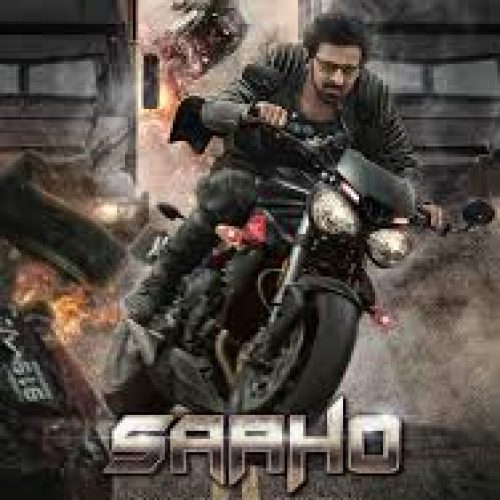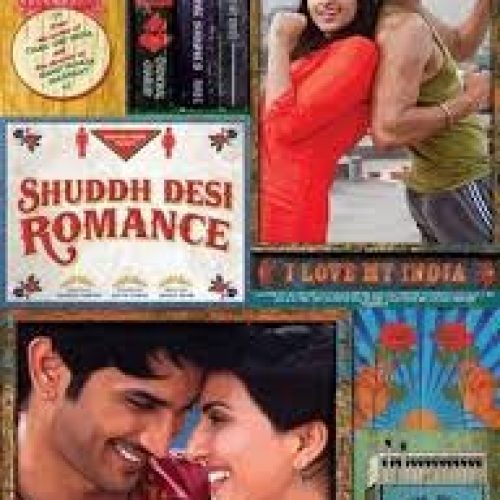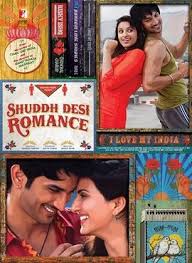The bittersweet comedy of a family caught in a bizarre situation unfolds against the backdrop of suburban India, delivering both laughs and moments of poignant reflection. Starring Mahie Gill, Manu Rishi Chadha, Dolly Ahluwalia, and Rajesh Sharma, the movie is set in a quaint, middle-class neighborhood and delves into familial bonds and generational gaps. A mix of comedy and drama, the film brings quirky characters and an unconventional premise together in a story that feels refreshingly different yet deeply relatable.
The story revolves around a family grappling with an unusual challenge. Dolly (played by Mahie), a harried wife and mother, has to navigate a household full of chaos when her bedridden mother-in-law wakes up from a 30-year-long coma. The catch? The grandmother believes she’s still living in the 1980s, and the family must recreate that time period to ensure her fragile health isn’t compromised. What follows is a humorous and heartwarming journey as everyone scrambles to turn back time—both physically and emotionally. However, beneath the comedy lies a tender narrative about familial love, acceptance, and the changes that time brings.
Manu Rishi stands out with a performance that is as nuanced as it is comedic. Playing a hapless husband trying to manage both his mother and his wife, he brings a relatable charm to the screen. His impeccable comic timing is complemented by his ability to portray moments of vulnerability, making his character feel authentic. Mahie, as the no-nonsense yet loving wife, delivers a strong performance, balancing humor and emotional depth effortlessly. Dolly Ahluwalia, as the demanding grandmother, is an absolute delight, stealing scenes with her commanding presence. Rajesh Sharma’s understated performance adds a grounded touch to the otherwise eccentric narrative, ensuring that the film never veers too far into absurdity.
The direction by Gagan Puri deserves applause for handling such a quirky concept with finesse. The film could have easily fallen into slapstick territory, but Puri ensures a balance between humor and heart. The pacing is crisp, with scenes transitioning smoothly and the narrative maintaining its momentum throughout. One of the film’s strengths lies in its attention to detail in recreating the 1980s. From rotary phones to retro furniture, every element feels authentic and adds to the immersive experience of the story.
The cinematography by Soni Singh effectively captures the cramped, colorful chaos of the family’s home. The use of warm, earthy tones mirrors the nostalgia of the era being recreated. The camera work is intimate, drawing viewers into the life of this quirky family, while occasional wide shots give a sense of the bustling world around them. The visual aesthetic perfectly complements the film’s narrative, adding an extra layer of charm.
Music and sound design play a significant role in amplifying the movie’s nostalgic vibe. Songs reminiscent of 1980s Bollywood are sprinkled throughout the narrative, and the background score, though subtle, enhances the emotional and comedic beats. The sound design ensures that the environment feels lived-in, with the hum of fans, the clatter of utensils, and the murmur of conversations adding realism to the setting. However, the musical moments are few and far between, and some viewers might find themselves wishing for a more prominent soundtrack.
The screenplay is sharp, filled with witty dialogues and situations that elicit genuine laughs. The humor stems not from forced jokes but from the natural quirks of the characters and the absurdity of their predicament. The writing also subtly addresses deeper themes, such as the passage of time, the evolution of relationships, and the inevitable clash between tradition and modernity. However, some subplots—such as the strained relationship between the husband and wife—could have been explored in greater depth, as they feel somewhat rushed.
Costume design deserves special mention for its role in bringing the 1980s back to life. From bell-bottoms to floral saris, the wardrobe choices are spot-on and add authenticity to the world of the film. The set design is equally commendable, with the family’s home transformed into a time capsule, complete with period-appropriate props. These visual elements not only serve the narrative but also evoke a sense of nostalgia for viewers who remember that era.
Editing by Sandeep Singh ensures that the film stays engaging, with no scene overstaying its welcome. The runtime feels just right, and the story unfolds at a pace that keeps viewers invested. The film’s humor, while largely effective, does dip into predictability at times, and a few jokes fall flat. Despite these minor hiccups, the overall narrative is compelling enough to hold the audience’s attention.
What truly sets this film apart is its exploration of family dynamics. It portrays the complexities of intergenerational relationships with warmth and humor, highlighting both the conflicts and the deep-seated love that bind families together. The film’s unique premise serves as a metaphor for how families often go to great lengths to protect and care for one another, even if it means stepping out of their comfort zones.
This is a charming, feel-good film that successfully blends comedy with emotion. Its relatable characters, clever writing, and nostalgic setting make it an enjoyable watch for audiences of all ages. While it may not break new ground in terms of storytelling, it offers a refreshing take on family dramas and leaves viewers with a smile. Highly recommended for those seeking a light-hearted yet meaningful cinematic experience.







